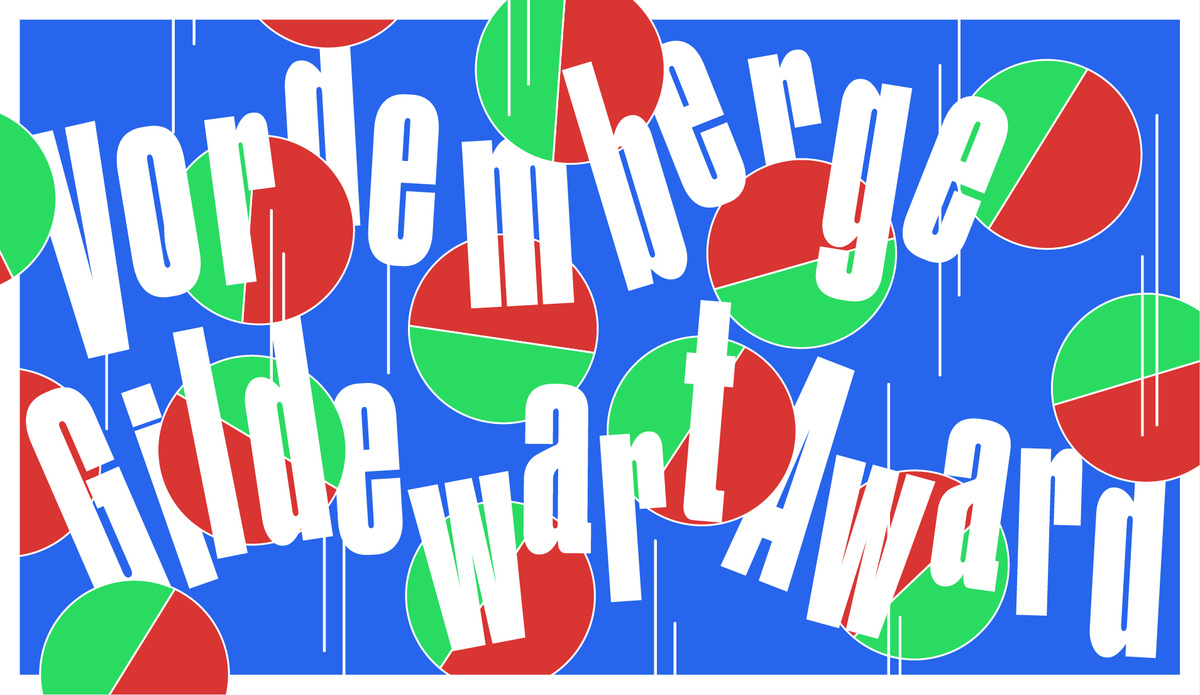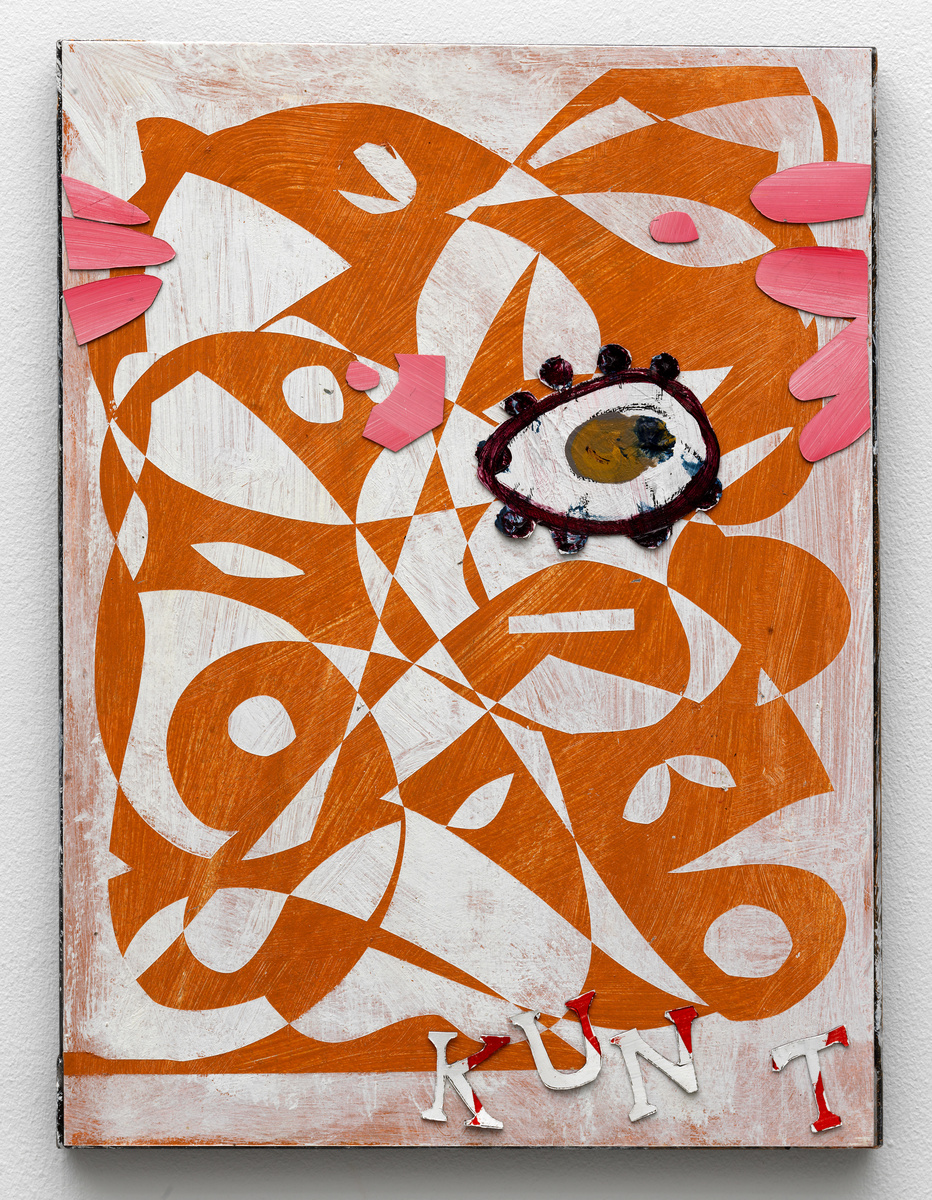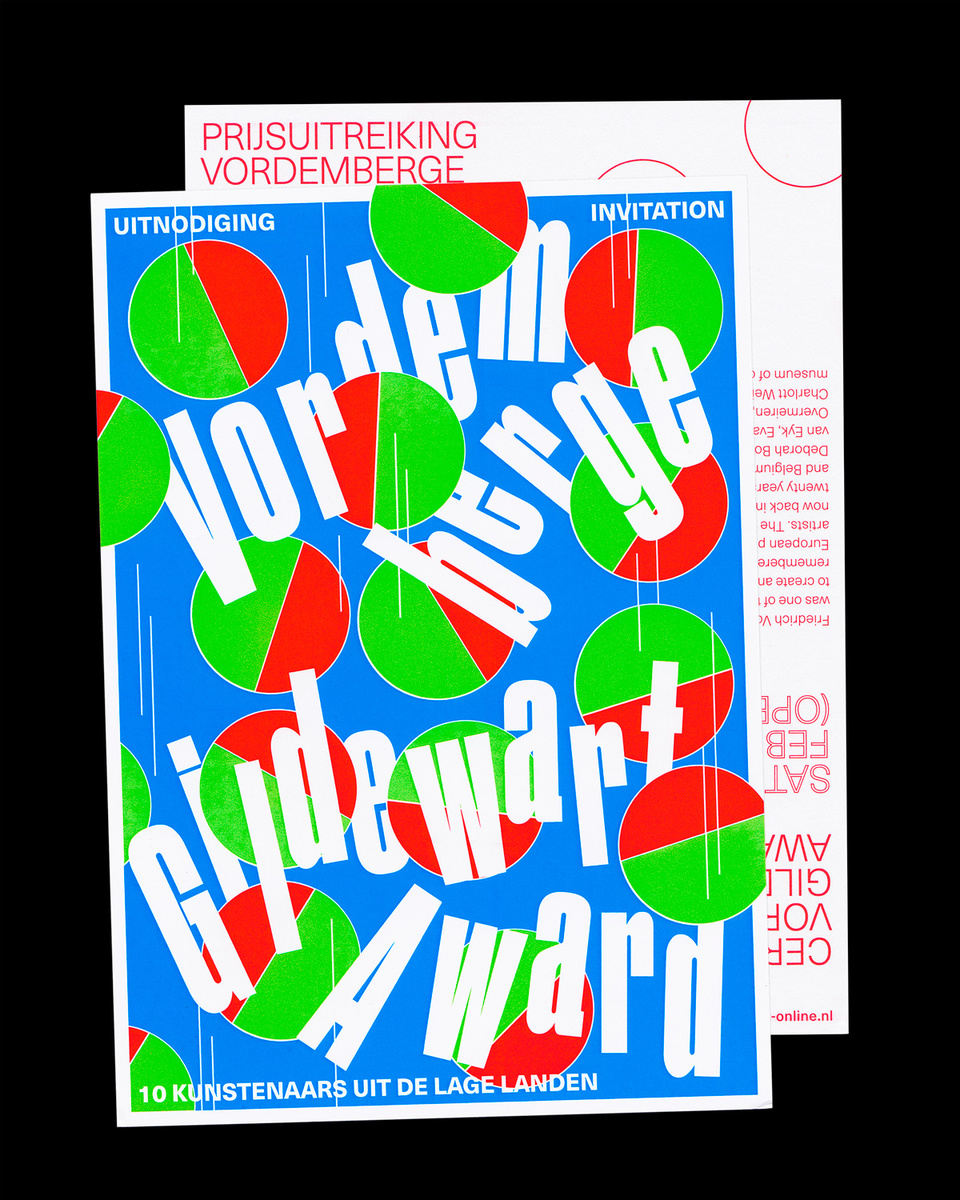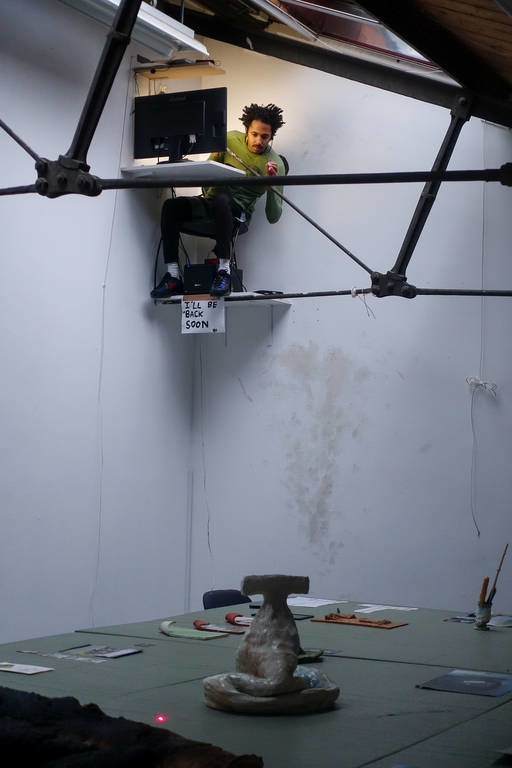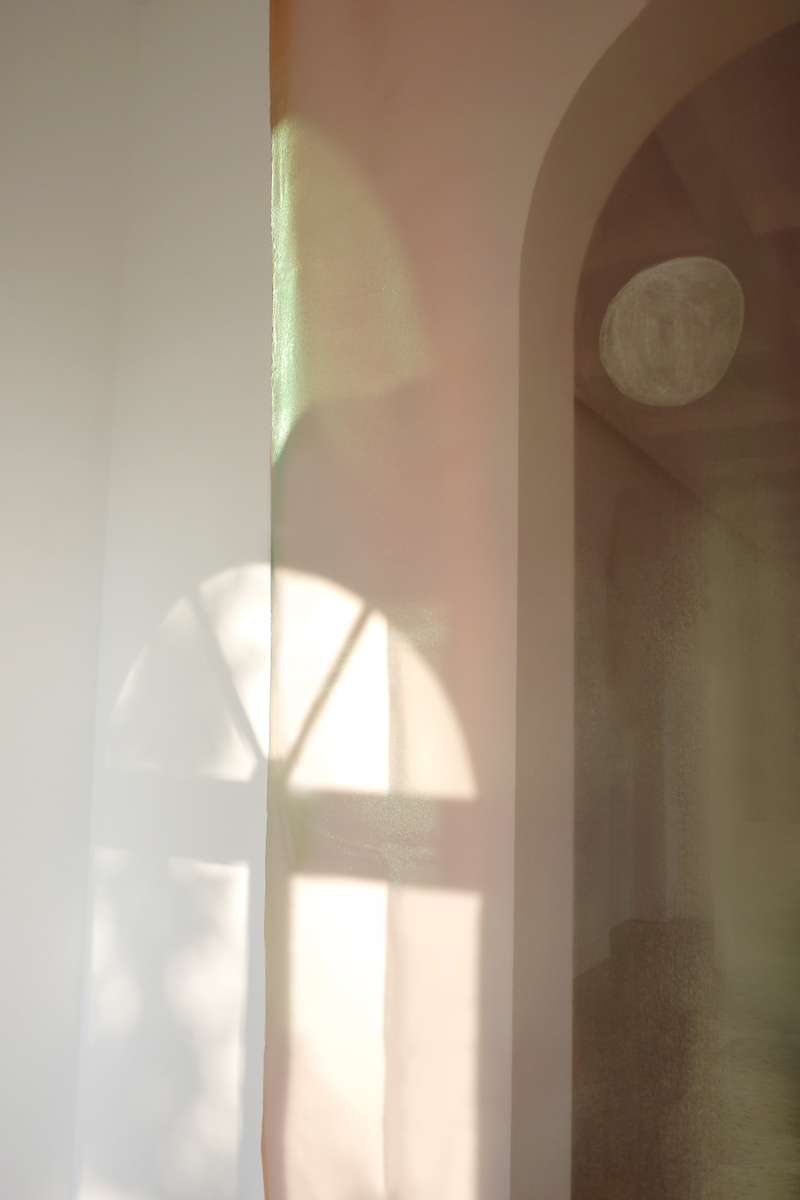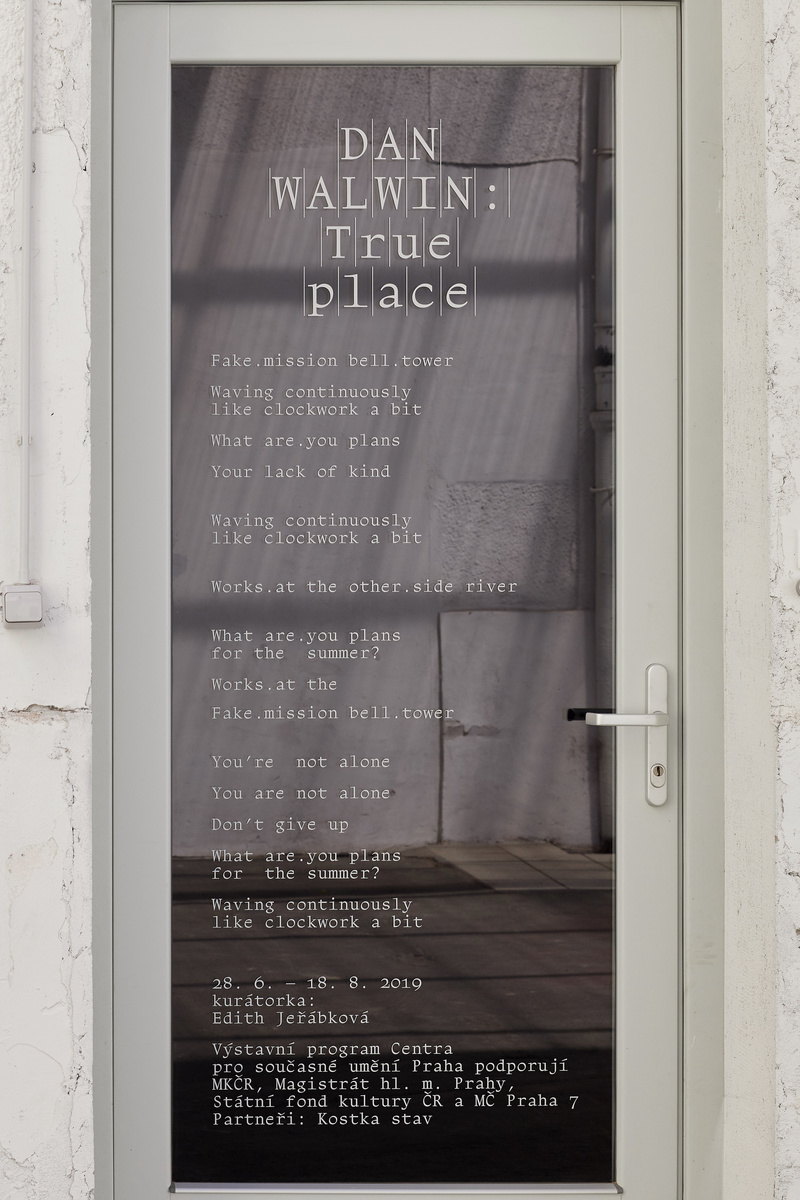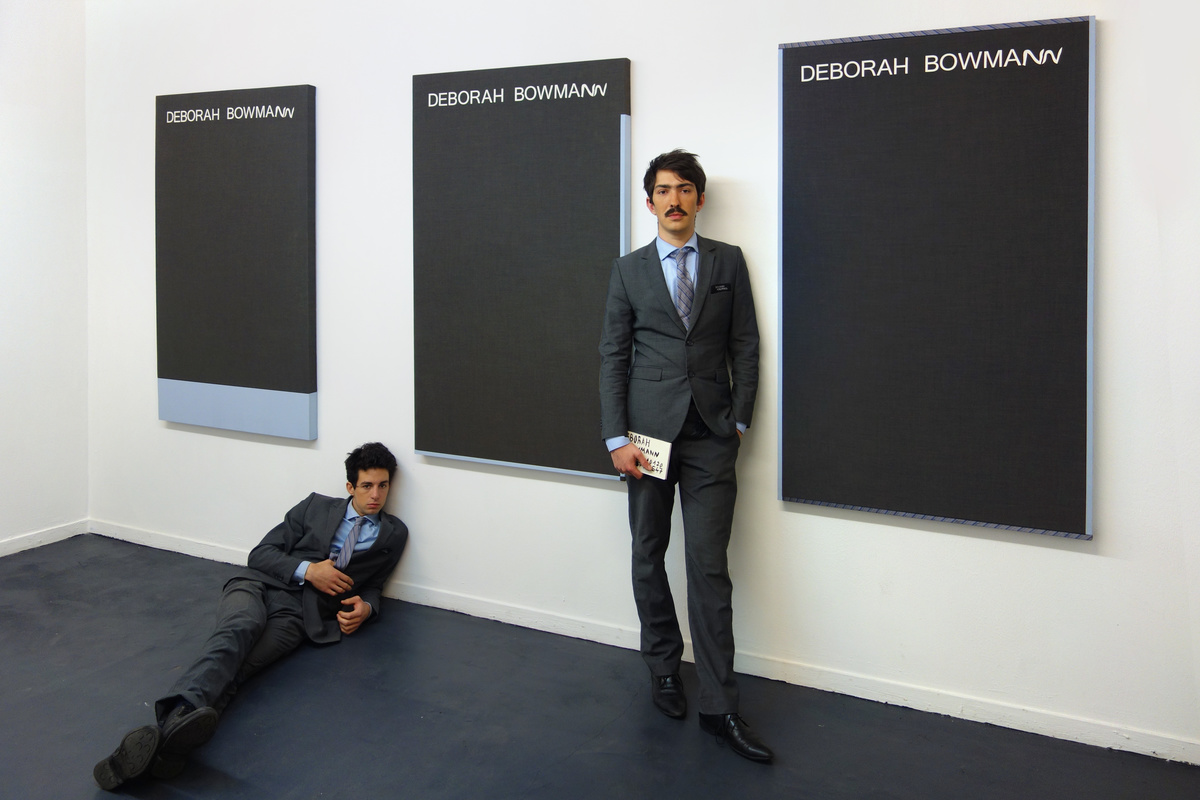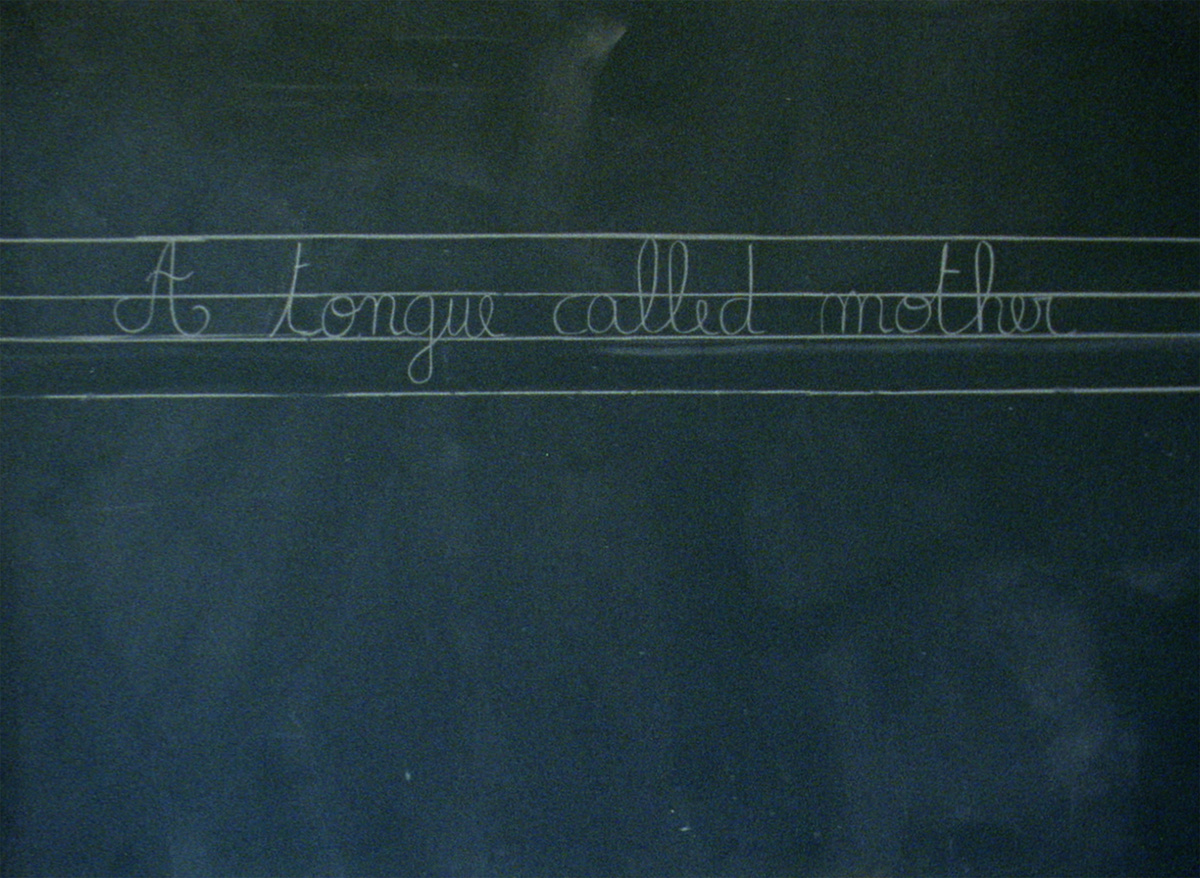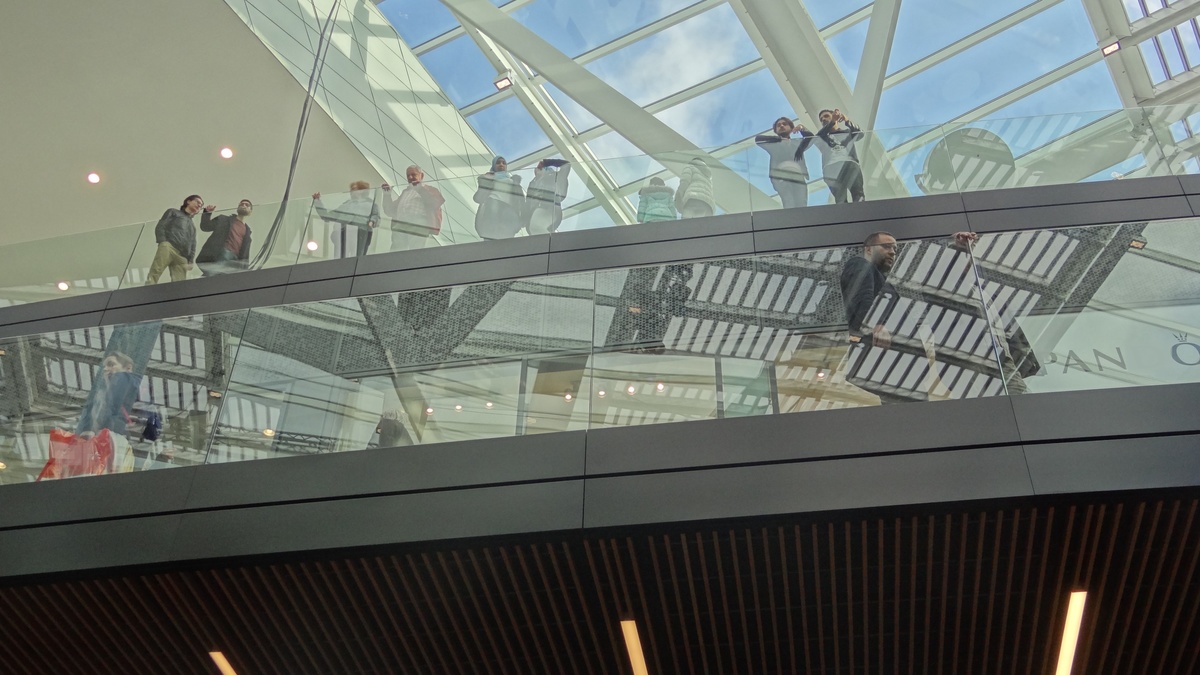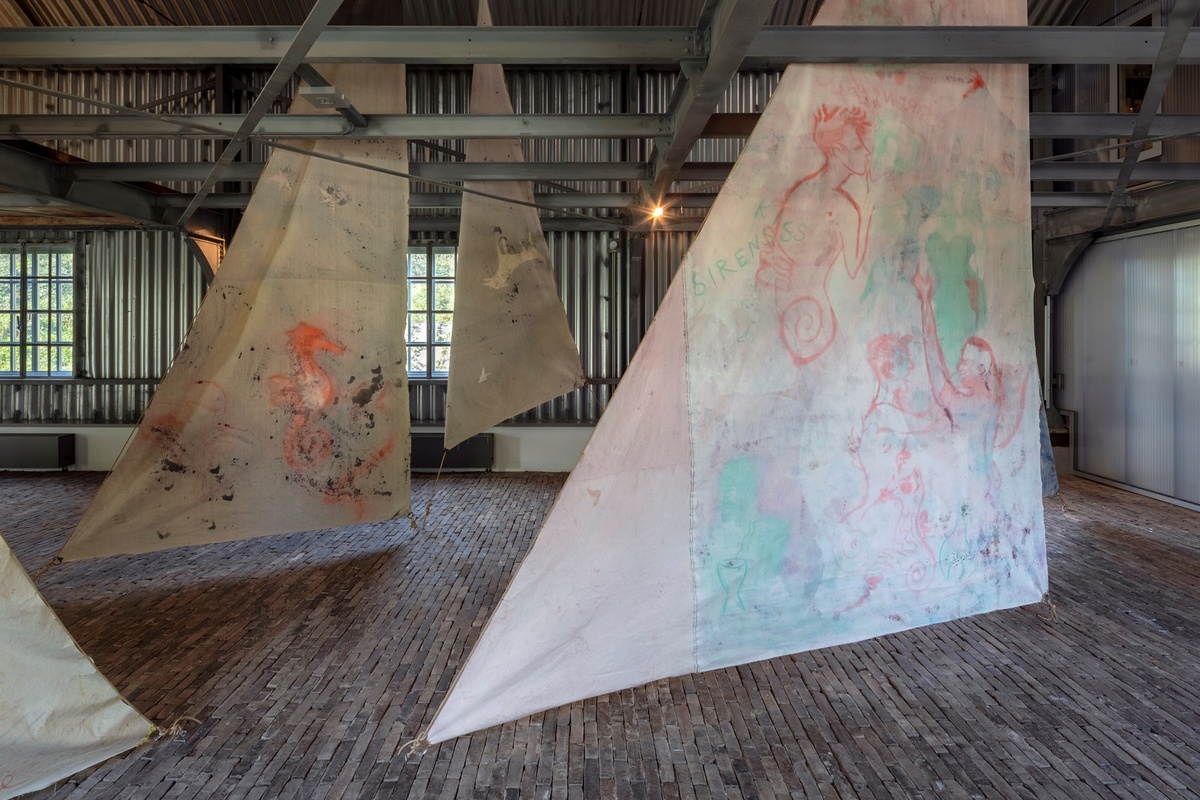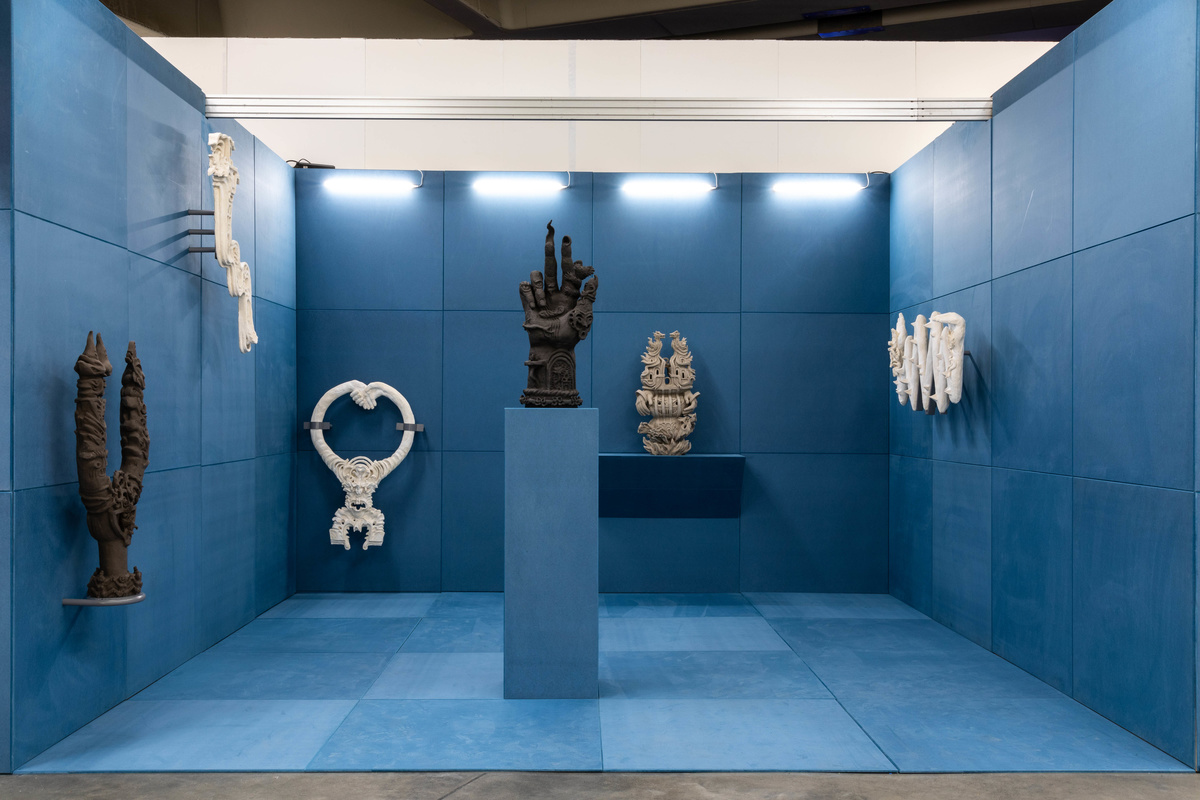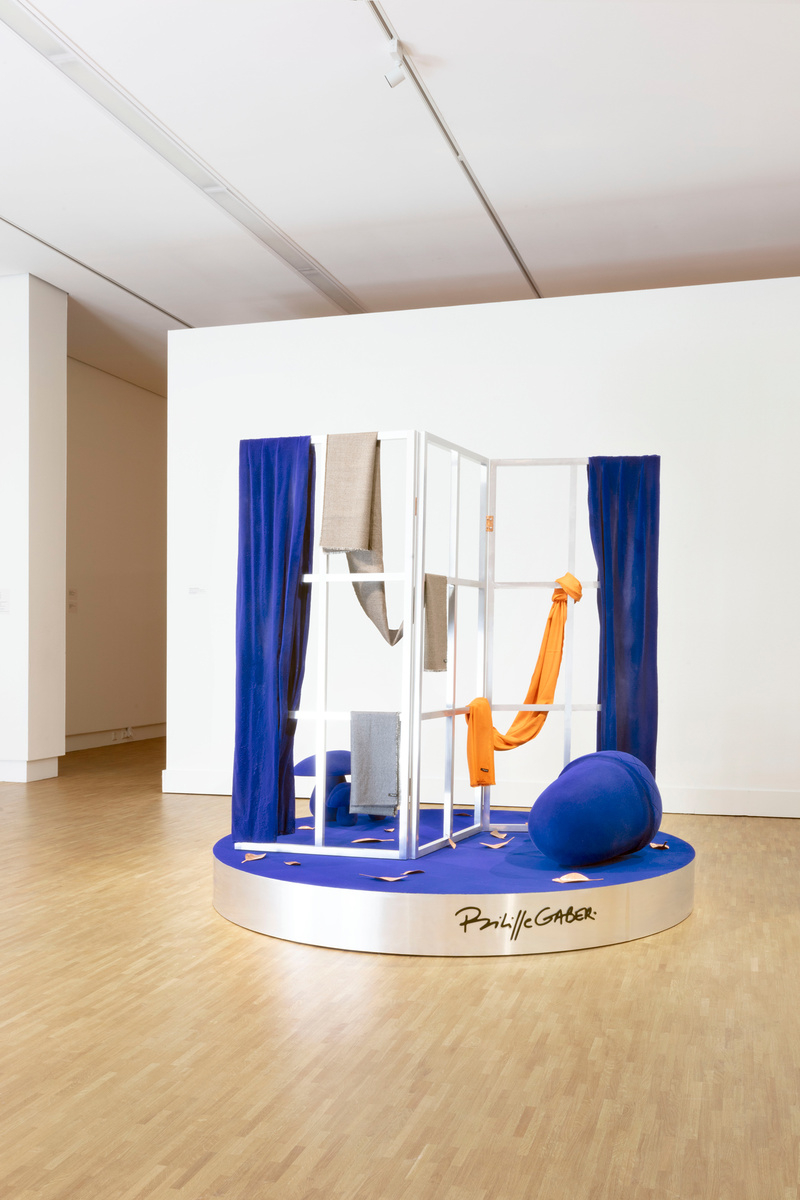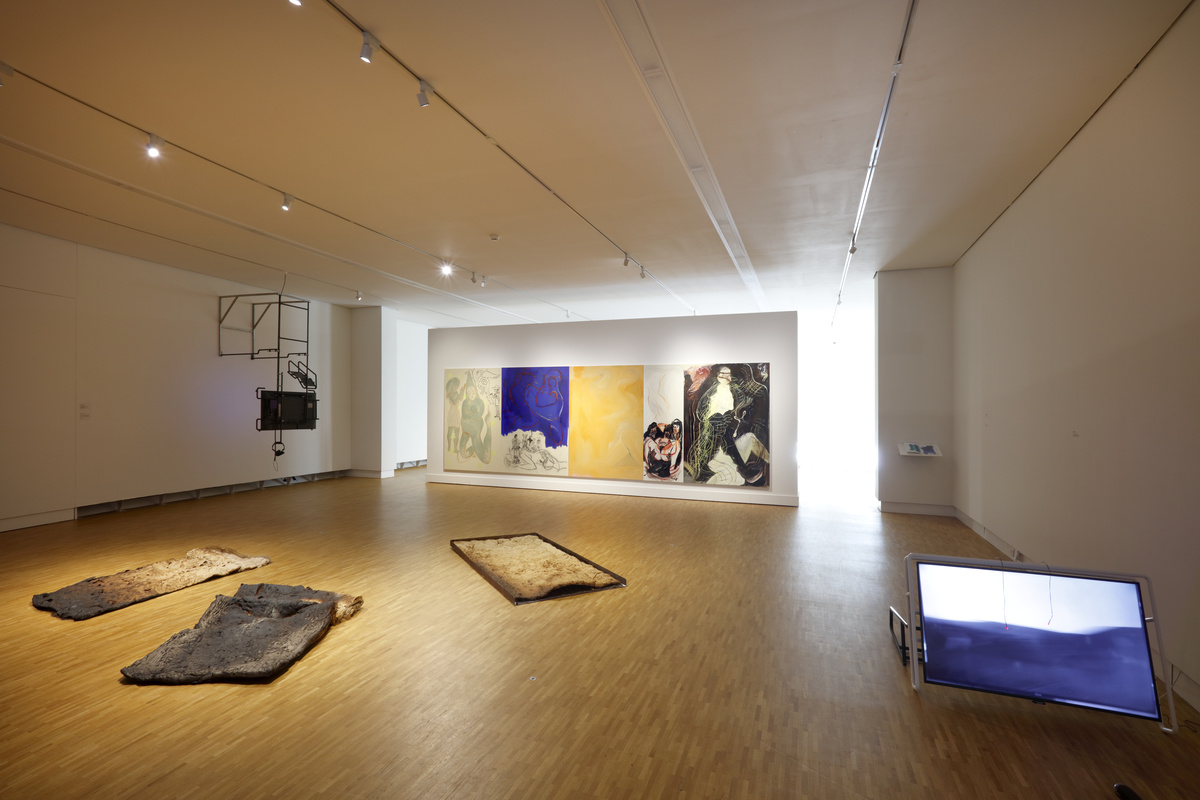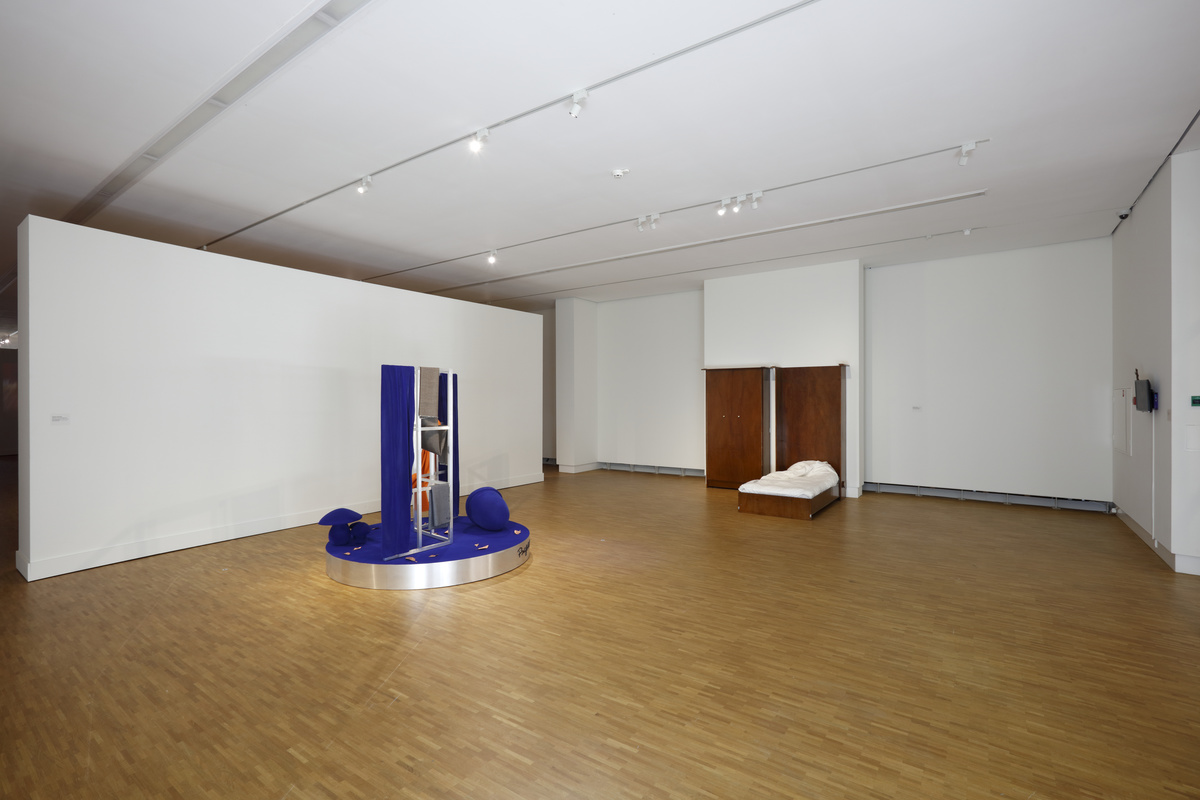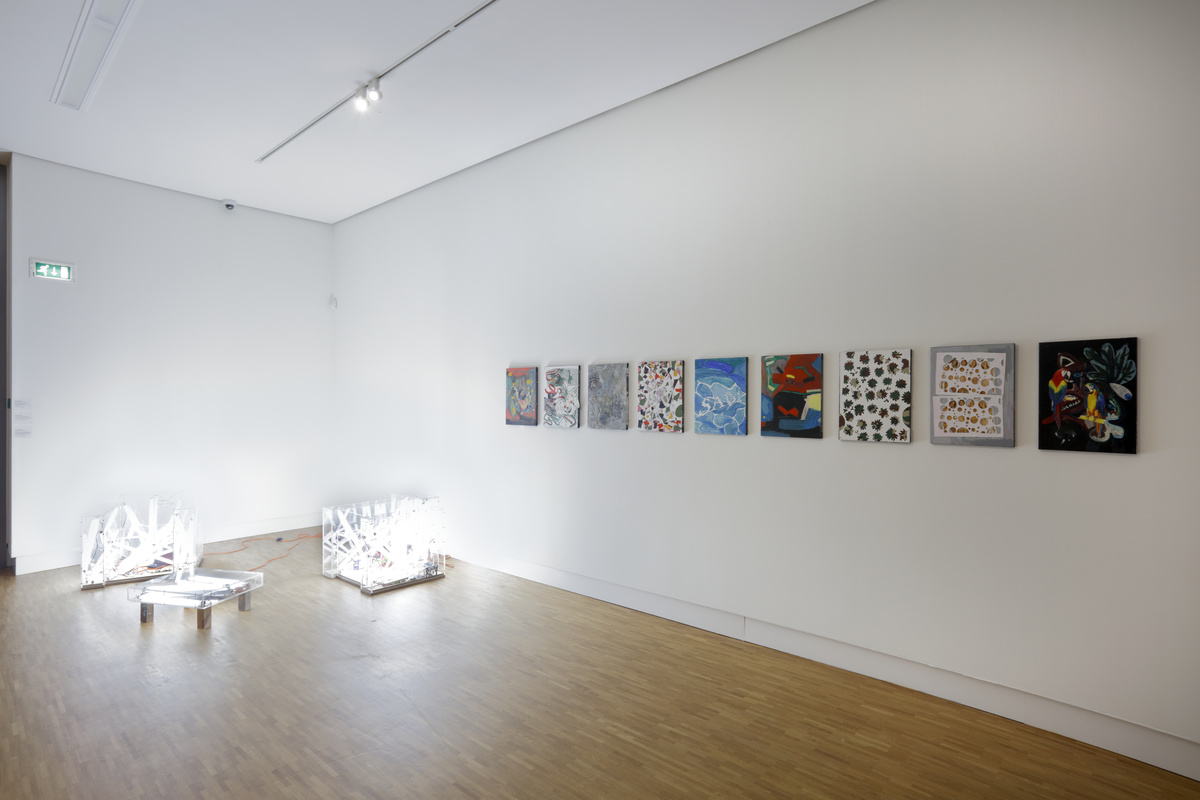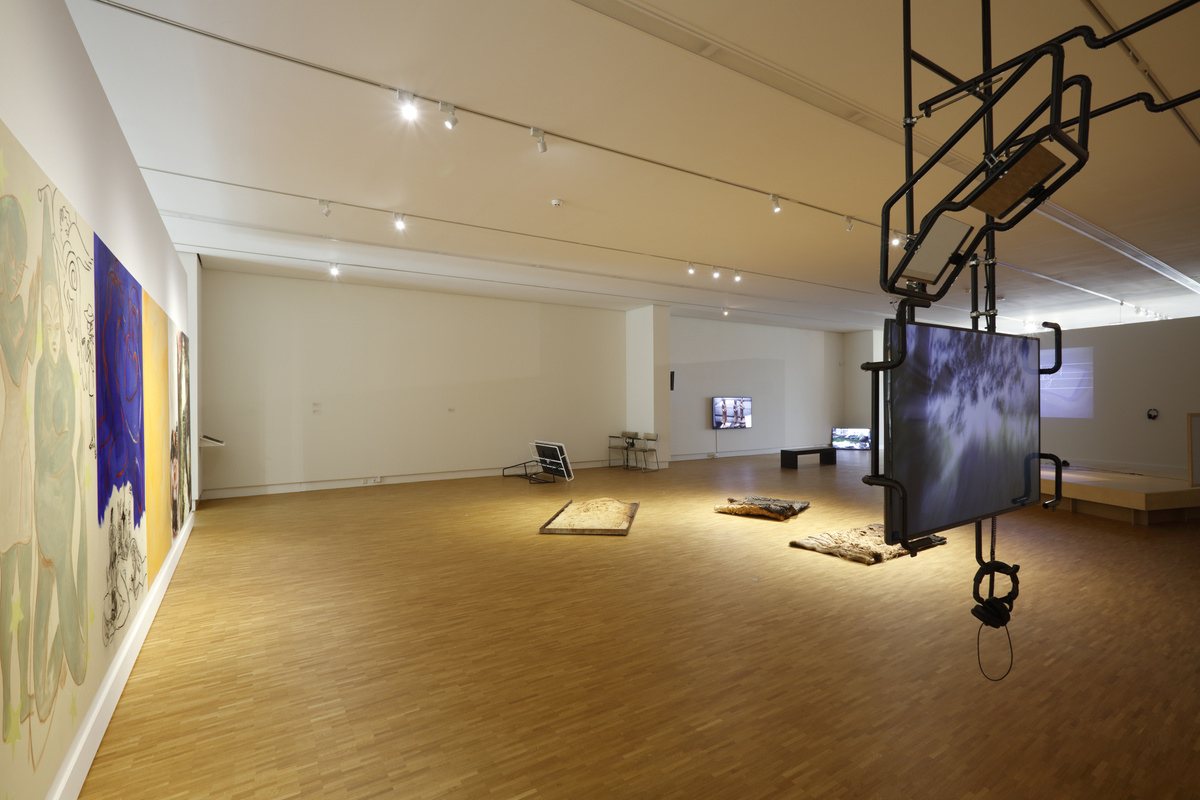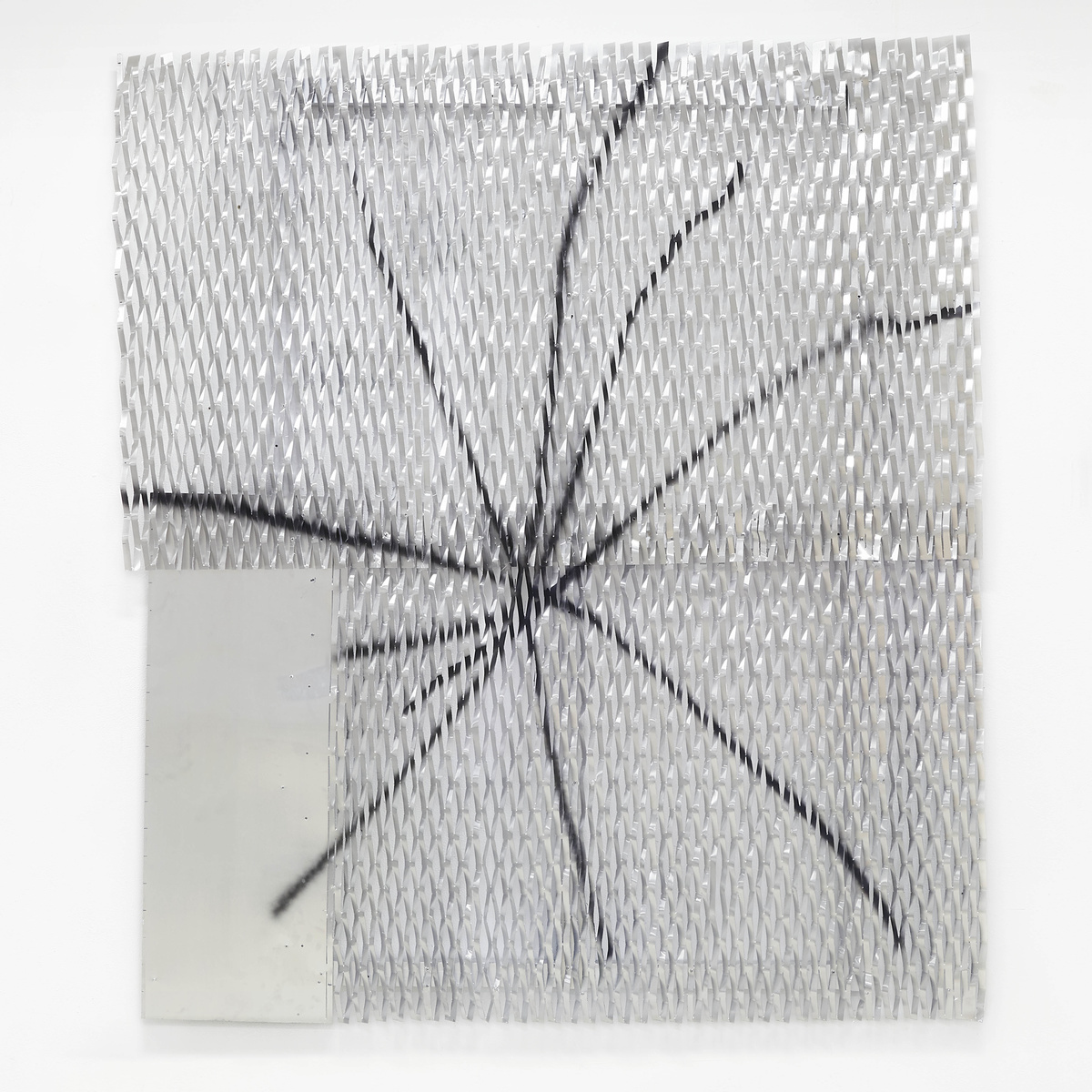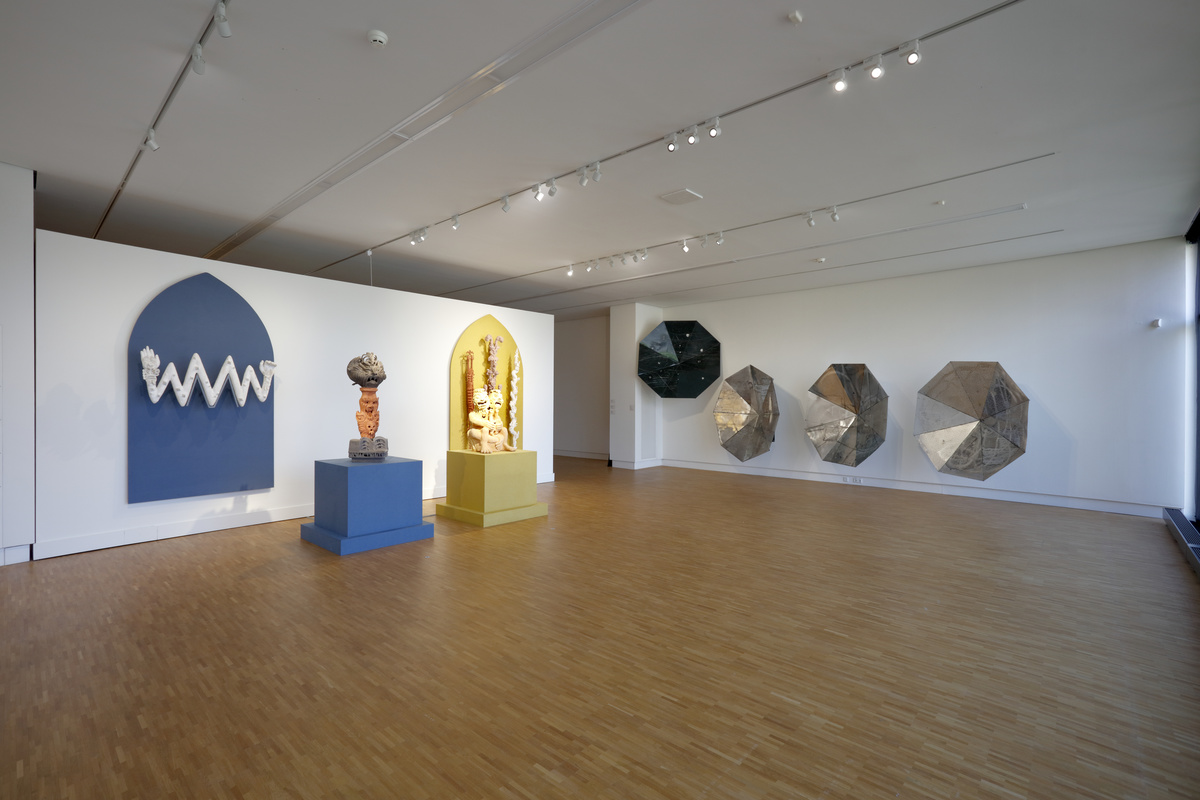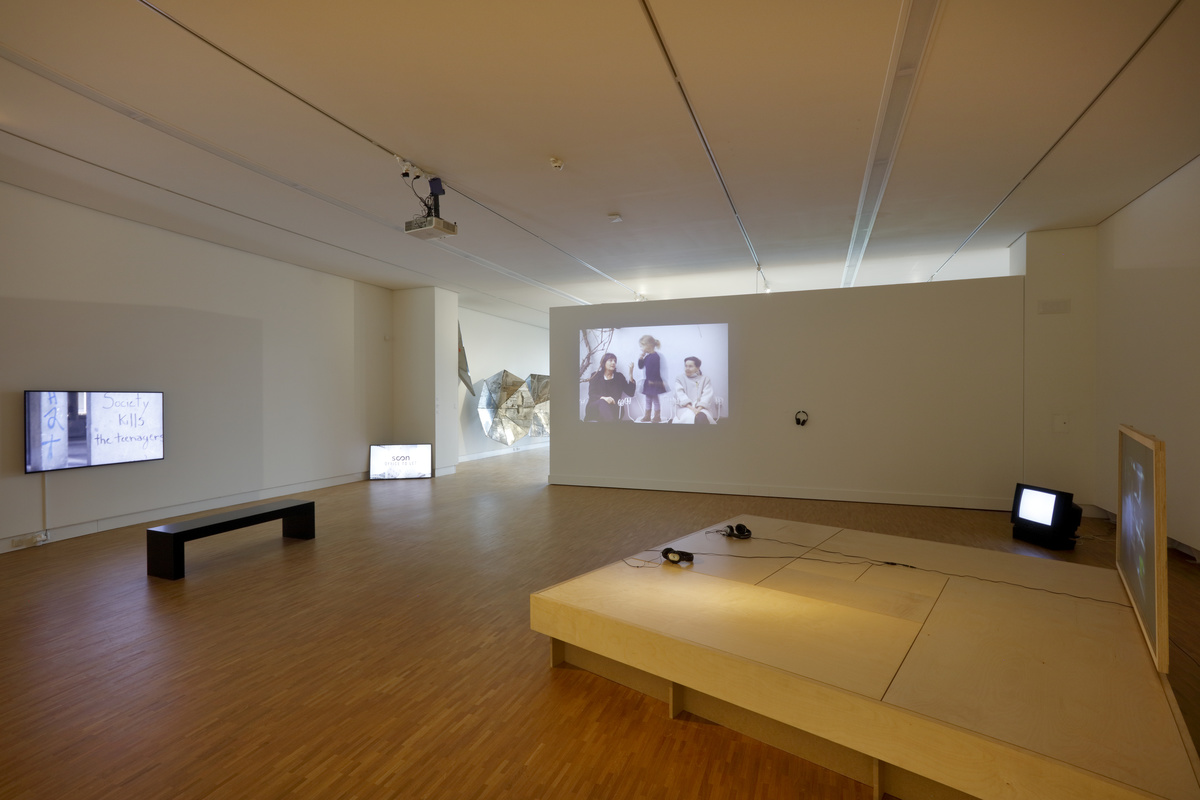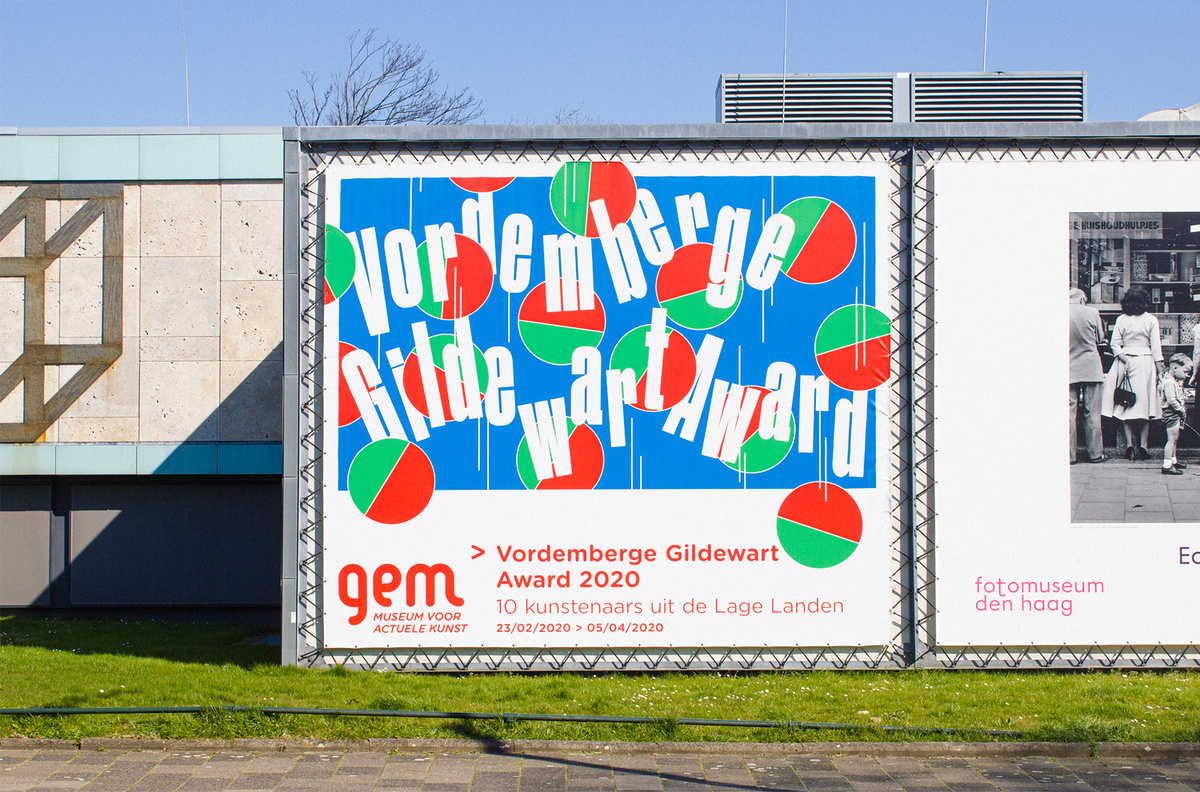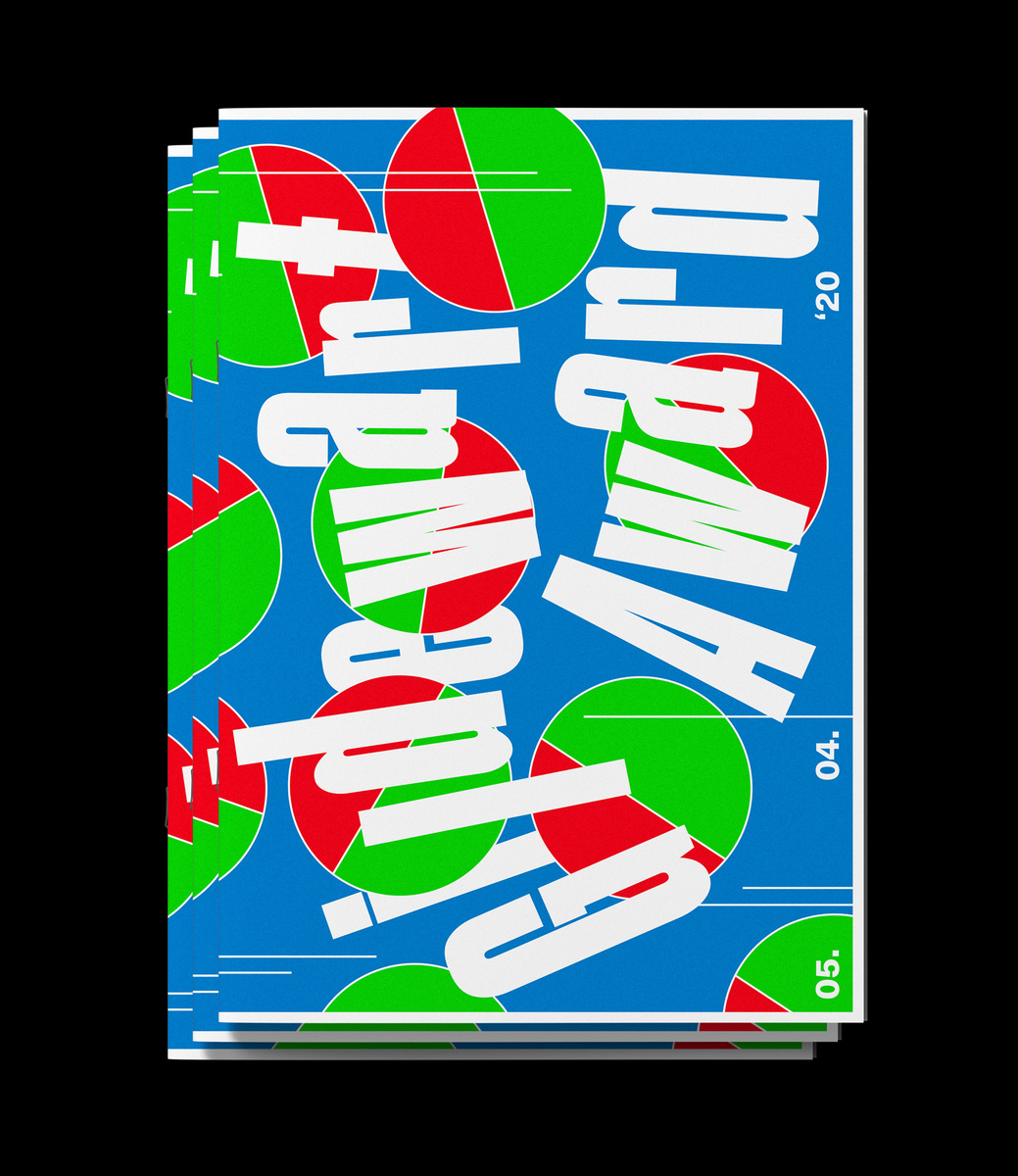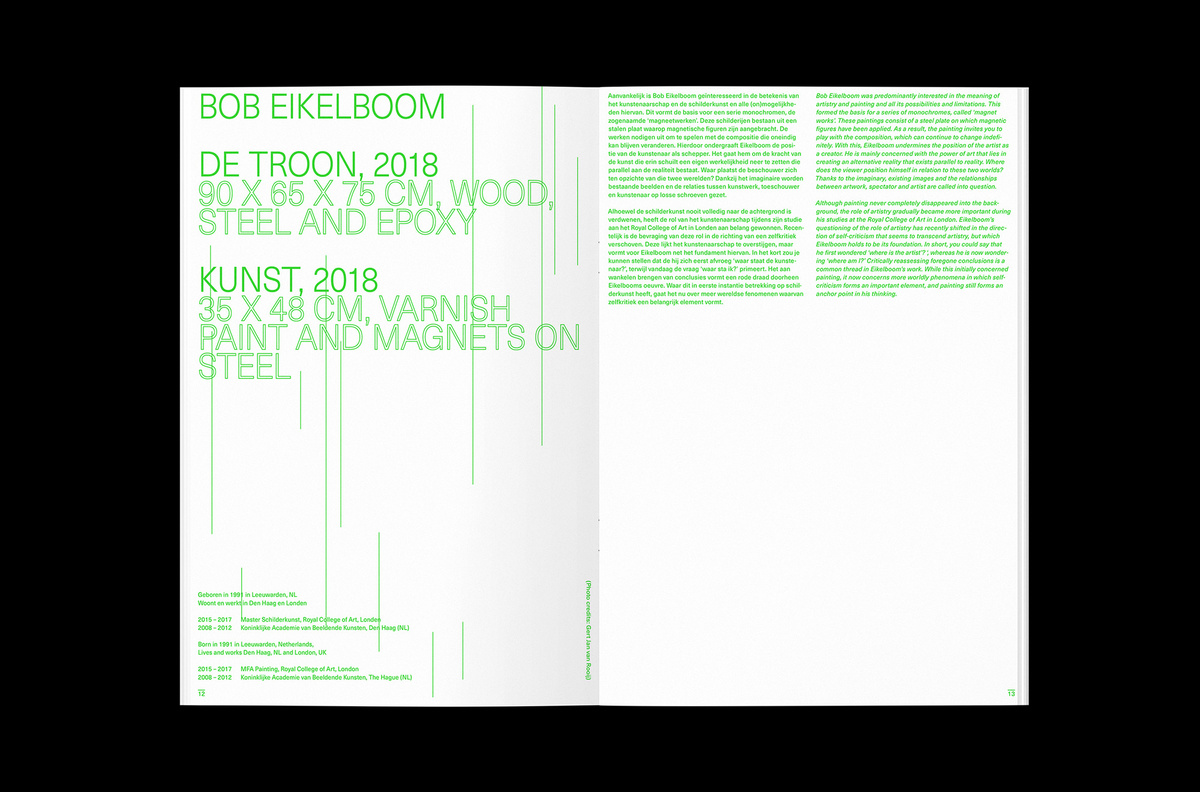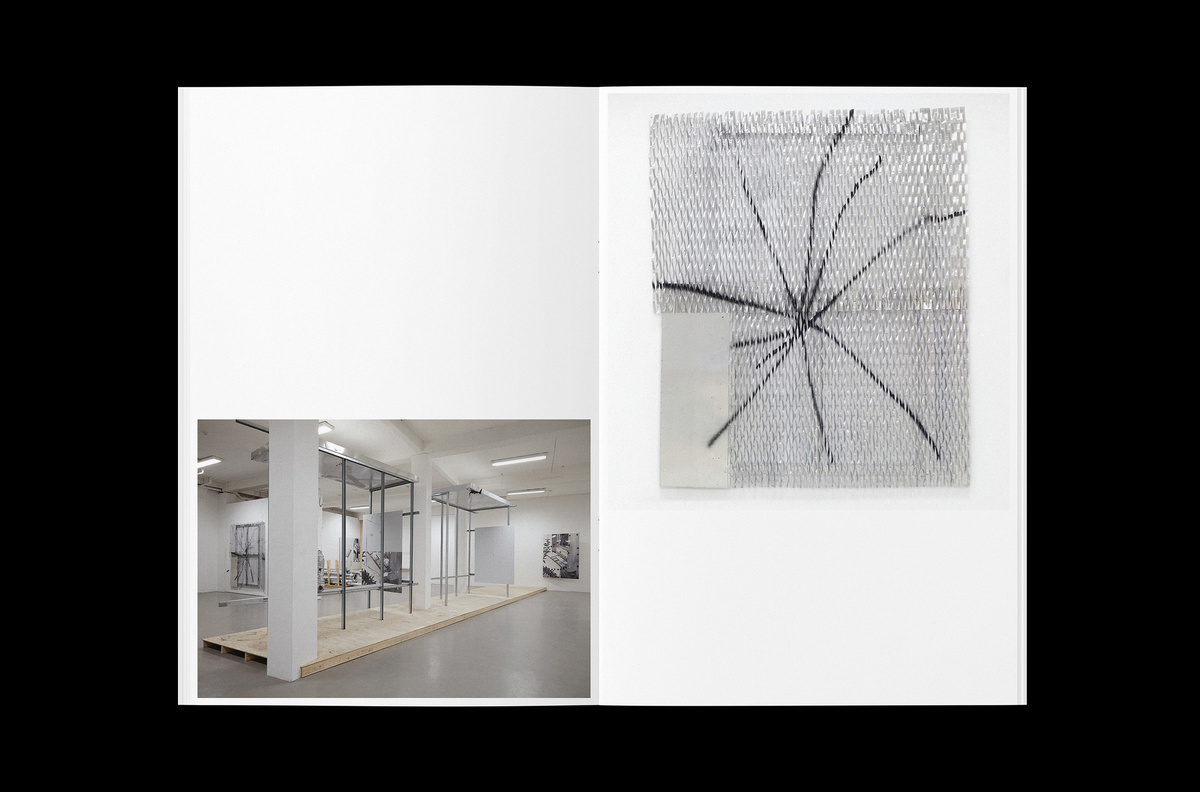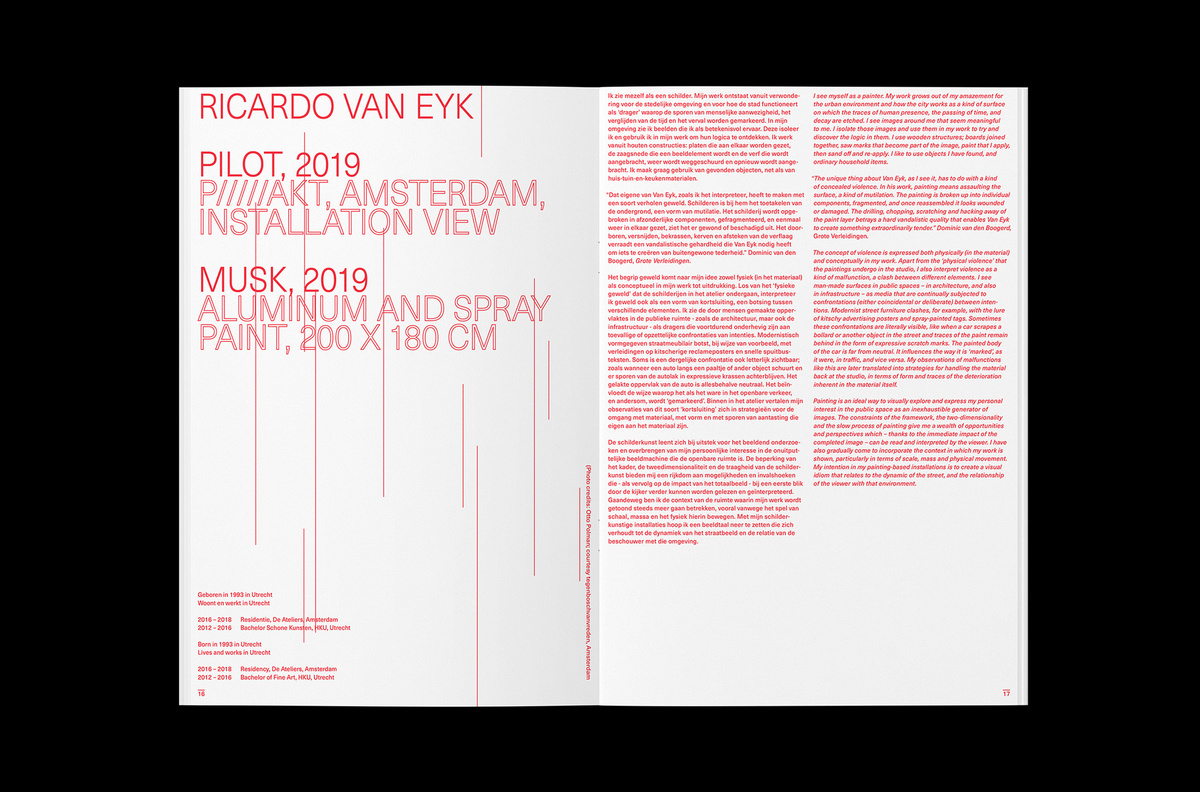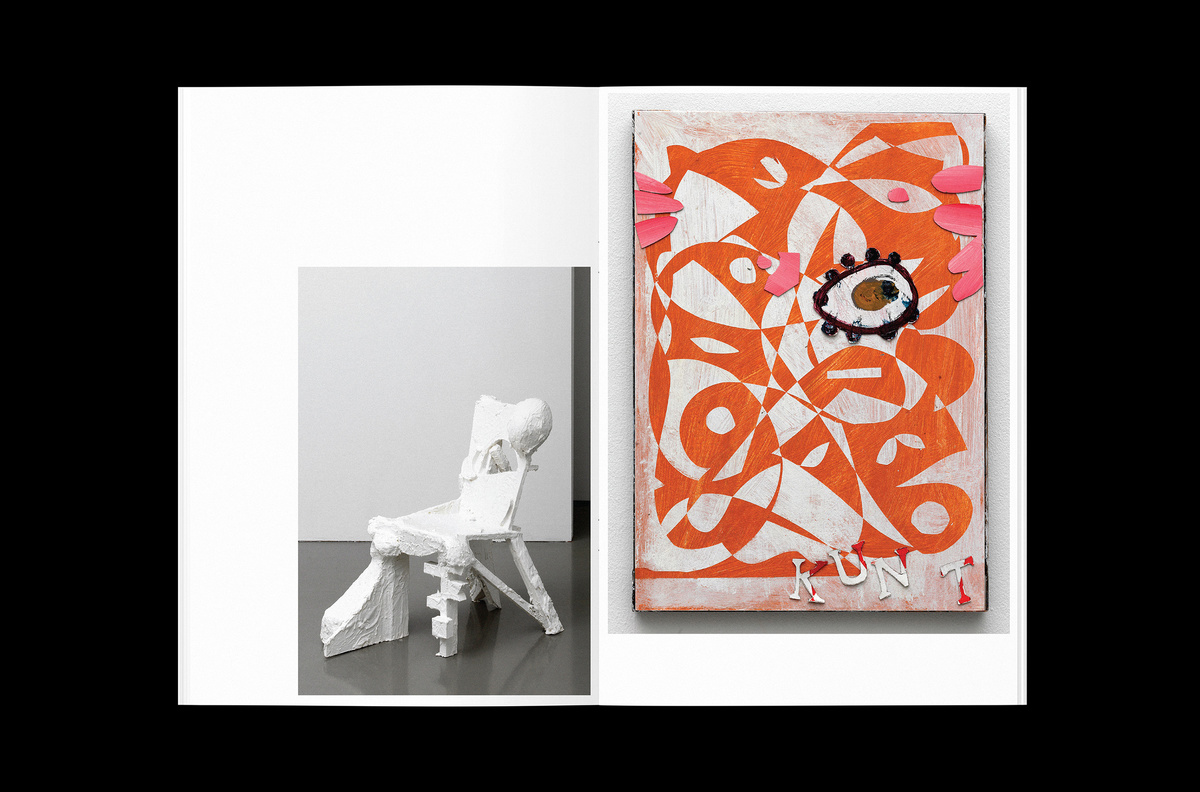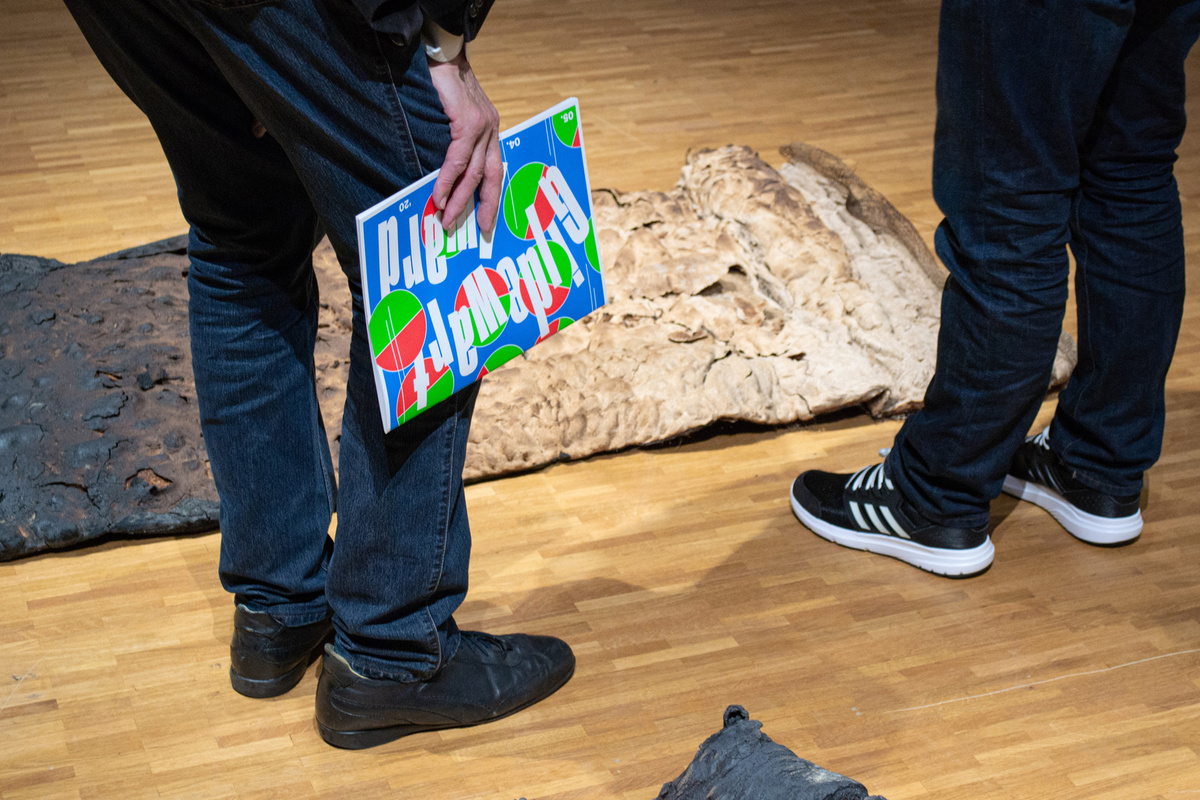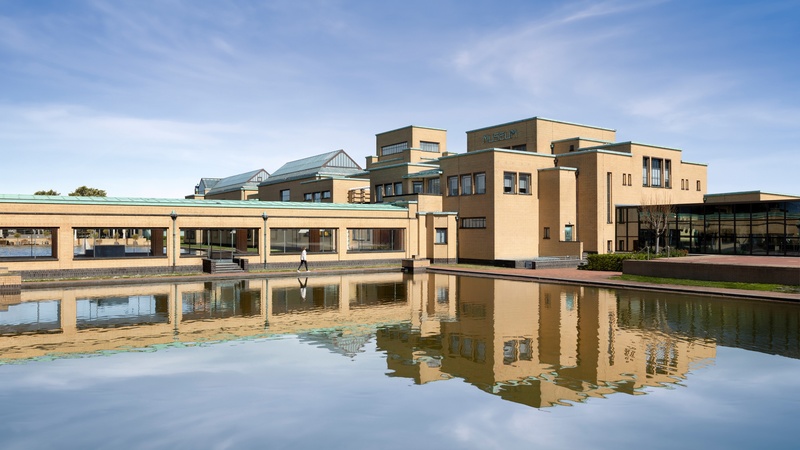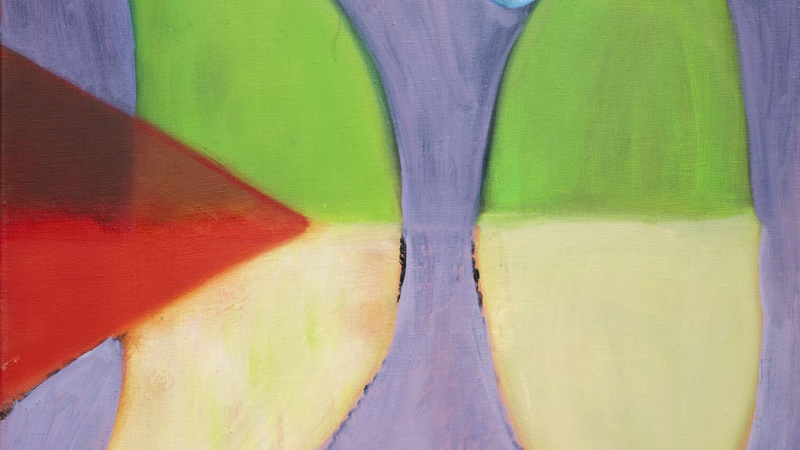Vordemberge Gildewart Award 2020
Friedrich Vordemberge-Gildewart (1899 - 1962) was one of the first artists to create an entirely abstract body of work. His innovative spirit was akin to that of the artists of De Stijl, the movement he joined in 1925. His name is also attached to a European prize for artists under the age of 35. The Vordemberge-Gildewart Award will be presented in The Hague for the first time on Saturday 22 February. The ten nominees have been announced. They are: Salim Bayri, Deborah Bowmann, Bob Eikelboom, Ricardo van Eyk, Eva Giolo, Nadia Guerroui, Sharon van Overmeiren, Emma van der Put, Dan Walwin and Charlott Weise. Their work can be seen at GEM museum of contemporary art from 23 February to 5 April 2020.
The award was launched by the Vordemberge-Gildewart Foundation, which was established in memory of the German-Dutch De Stijl artist by his widow Ilse Engelina Leda. The award has been presented in a different country each year since 1983. The Netherlands has hosted the ceremony twice before, in 1989 and 2000, when Guido Geelen and Mark Manders received the award.
All ten nominees studied art in the Netherlands or Belgium. They were chosen by five independent scouts, all of whom work in the contemporary art world: Caroline Dumalin (curator at Wiels), Hicham Khalidi (director of the Jan van Eyck Academy), Jan van der Ploeg (artist), Noor Mertens (director of Kunstverein Langenhagen) and Philippe van Cauteren (director of SMAK). An international jury will choose the winner of the Vordemberge-Gildewart Award 2020. The winner will be free to spend the prize money – paid in Swiss francs, and equivalent to 56,000 euros – as he or she sees fit.
Vordemberge-Gildewart
The collaboration with the Vordemberge-Gildewart Foundation is in line with the tradition of highlighting new talent at GEM, which is part of Kunstmuseum Den Haag. As part of this tradition, the museum expressly links new work to its own collection, to which a painting by Friedrich Vordemberge-Gildewart was recently added. This new acquisition, entitled Konstruction No. 5, was acquired by Theo van Doesburg in 1925 in an exchange of work with Vordemberge-Gildewart, and later ended up in a private collection. The painting will form the centrepiece of a small exhibit in the Mondrian & De Stijl wing of Kunstmuseum Den Haag that is due to open on 22 February. Another small exhibition, which is due to open a week after the award ceremony, will cover Vordemberge-Gildewart’s time in the Netherlands (1938 - 1954), when he developed his skills as a typographer and designer, and increasingly embraced the ideal of De Stijl that the world around us should be filled with art.
‘Vordemberge-Gildewart was a groundbreaking artist, both in his work and in his attitude to life’, says director Benno Tempel. ‘The award established in his name underlines this free-thinking attitude, and is designed to highlight and encourage young artists in Europe. I am terribly proud that this prestigious award is returning to the Netherlands again after a twenty year absence.’
Nominees
The films, photographs, installations and performances of Salim Bayri (b. 1992, Casablanca) regularly feature a disembodied head. The cartoonesque character is Bayri’s alter ego Sad Ali, a combination of sad and alien. With a sense of whimsy and an open mind, he scans the world around him for the habits, customs and rules (written or otherwise) that people conform to. Bayri switches with a cheery hop-skip-jump between the virtual and analogue world, both of which he sees as equally concrete and meaningful when it comes to shaping culture and identity.
Deborah Bowmann is the joint project of artists Amaury Daurel (b. 1990, Bordeaux) and Victor Delestre (b. 1989, Bordeaux). They run an exhibition space of the same name in Brussels, which appears to be an art gallery but in fact tricks its visitors, like a conceptual trompe-l'oeil. Using plinths, displays and sculptural objects they create temporary environments that seem to be promoting something, though it is often unclear what – the artist, the gallery owner, a product? In this way, Daurel and Delestre have together created a fictional artistic identity that comments on the art world of which it is also a part.
Bob Eikelboom (b. 1991, Leeuwarden) plays with the constraints of painting and with the viewer’s expectations. He starts from the basic principle of paint on a flat canvas, but introduces a sculptural quality to the work. One particularly striking feature of his art is the magnetised elements that can be moved in his collages without the artist having a hand in it. In his recent installations Eikelboom invites the viewer to take control of the composition. This raises questions about originality and authenticity. If everyone can influence a piece, who is the artist?
Ricardo van Eyk (b. 1993, Utrecht) discovers ‘accidental architecture’ in places undergoing construction or structural alterations: outer walls that have been half opened to the outside world, or are not yet complete, walls repeatedly painted, piles of building materials. They are a visible reminder of an eternal cycle of construction, wear and tear and reconstruction. Van Eyk uses a similar technique in his paintings, breaking, piercing, cutting, scratching, gouging and then reassembling the material, offering us a new perspective on our contemporary landscape.
‘What happens to all the things no one sees?', Eva Giolo (b. 1991, Brussels) pondered in her previous film Gil (2016). By training her camera on everyday scenes that seem like footnotes in a personal family history, she attempts to give a face to things that normally go unseen. The result is intimate films which blur the boundary between documentary and fiction. They are always about love, loss and the amazing unpredictability of memory.
Space, light and time are the focal points in the work of Nadia Guerroui (b. 1988, Toulouse), whether it be the changing quality of the light during the day, the oxidation of materials, or the reflection of daylight in a prism. In her work she zooms in on phenomena such as these which we are all aware of, but rarely notice, and which can barely be captured in words or photographs. Her sculptural installations evoke tranquillity and contemplation, shining a light on the poetic qualities of the ordinary world around us.
Sharon Van Overmeiren (b. 1985, Antwerp) makes ‘fictional sculptures’, as she herself describes them. She draws on various sources, from cartoons to pre-Colombian motifs and from museum scenographies to Pokémon. As a result of the visual idiom and materials she chooses to work with, her sculptures resemble archaeological finds. They feature in spatial installations or appear as protagonists in video works. The multiple references in Van Overmeiren’s work induce the viewer to look at them intuitively, leaving room for a whole range of meanings and connotations.
Video artist Emma van der Put (b. 1988, Den Bosch) likes to work in public spaces. At events like the Oostende fair, or in places that lie somewhere between a utopia and a dystopia, like the World Expo site in Brussels, she observes everyday scenes with her impartial, observing camera. While editing the ‘neutral’ images Van der Pas subtly manipulates them to create tranquil, sometimes almost abstract sequences that indirectly question the impact of the media on the way we look at things.
Dan Walwin (b. 1986, Frome) makes apparently clinical installations featuring mysterious videos with no linear structure. In his new work, True Place (2019), he focuses on natural forces such as shimmering air and flowing water, which appear in a variety of forms. Successive shots create a fragmented stream of images in which several layers of meaning are concealed. Walwin does not leave things to chance, but seeks logical systems and formulae in the process of editing and presentation.
To Charlott Weise (b. 1991, Görlitz) painting is like writing, a way of revealing to the outside world her inner life of dreams, fantasies and obsessions. Painting, scratching and ‘scraping’ abstract figurative forms onto the canvas using oil paint, she makes references to art history, literature and theatre, generally from a female perspective. Weise charts her own inner story, linking it to issues that define the spirit of the age.
